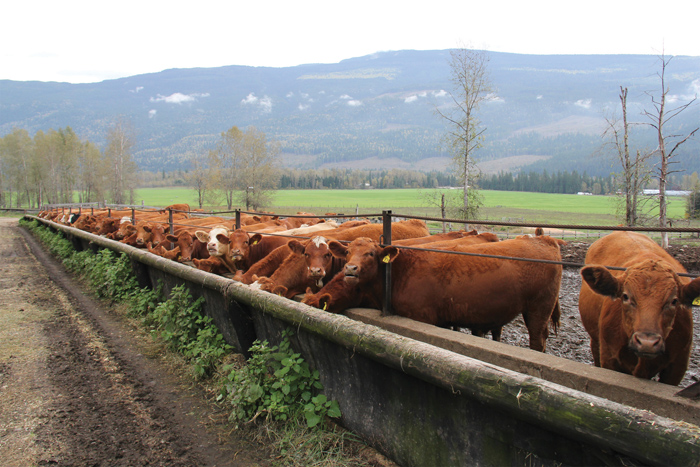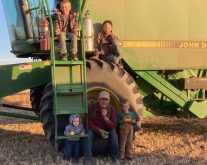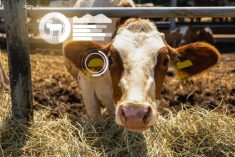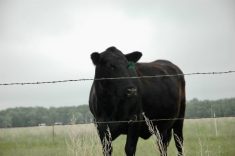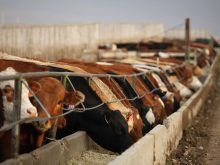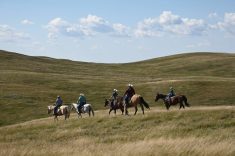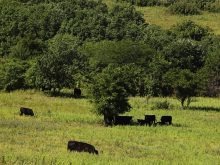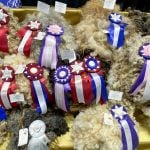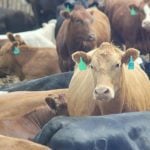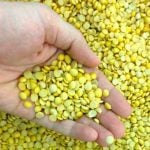For the past few years B.C. rancher Werner Stump has been calving out his commercial cow herd in November — mostly indoors — weaning calves in the spring, then putting them on grass and feed at home for the summer, with plans to market them in October — primarily because of wolves.
Stump, whose family has been ranching at Malakwa, east of Sicamous for more than 40 years, says they use to run calves with their mothers in a more traditional summer and fall grazing season until losses due to wolf predation became too great.

“The last year we had calves out on summer range with their mothers we estimated our losses due to wolves at about 10 per cent,” says Stump. “About the only option we had if we wanted to keep going and prevent losses was to switch the calving season and keeps calves at home.”
Stump, along with his parents Kurt and Hermine Stump, run about 200 head of Simmental/Angus cross on their ranch in the Shuswap area of B.C. Their farm headquarters is on the valley bottom and cattle are trailed to summer grazing on Crown land, consisting mainly of native and some tame grasses on logged cutblocks at higher elevations.
Predation losses were minimal for many years, but then as wolf numbers began to increase, so did calf losses.
Read Also
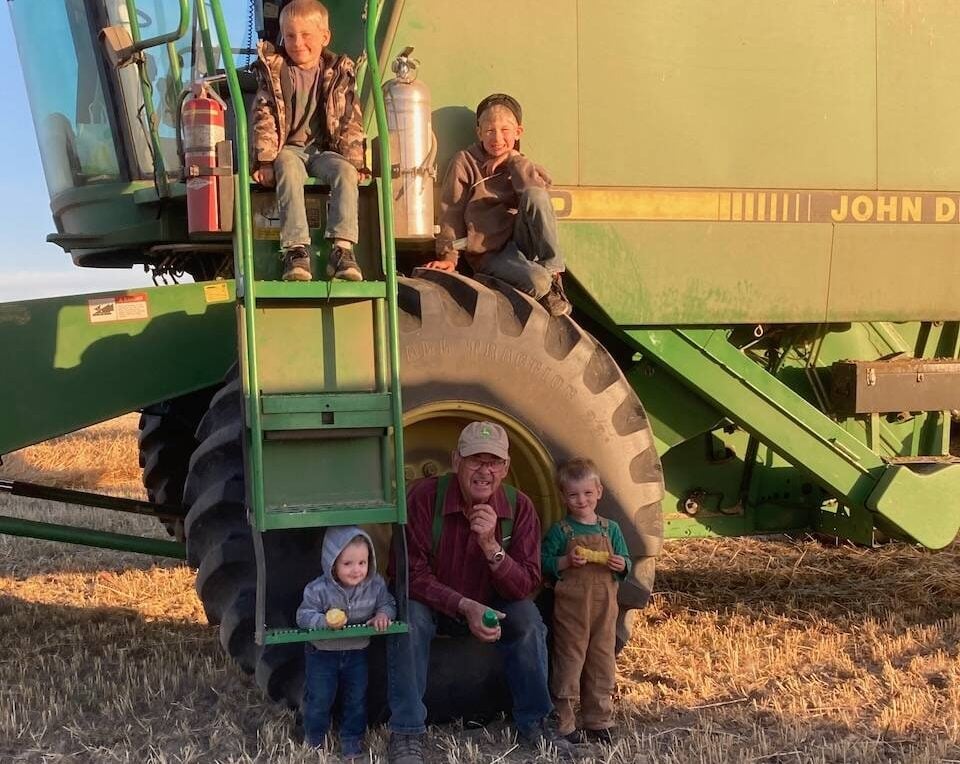
Harvest wraps up and fall work begins
At the Eppich famly ranch in western Saskatchewan, the fall harvest was successful with few breakdowns, cows and calves have been sorted and a new tractor has arrived
While it takes more management and increases production costs, Stump switched to fall calving. The farm headquarters is in a high-snowfall area, so the herd is kept close in with most cows calving in the barn. The calves remain inside for one to two weeks before being moved with their mothers to a feed yard.
“In this part of the country, with high snowfall, we are feeding from November to May,” says Stump. The cow herd begins calving in November and is fed through until May.
Calves are usually weaned in June and put on pasture at home, while the cows are moved to summer pasture on Crown range. The calves remain on pasture and then are provided supplemental feed in late summer and early fall before being shipped in October.
He says while it is not an ideal system, it is workable. Calf losses due to predation have been eliminated, and although the wolf population is still plentiful, they don’t seem to bother the cow herd.


